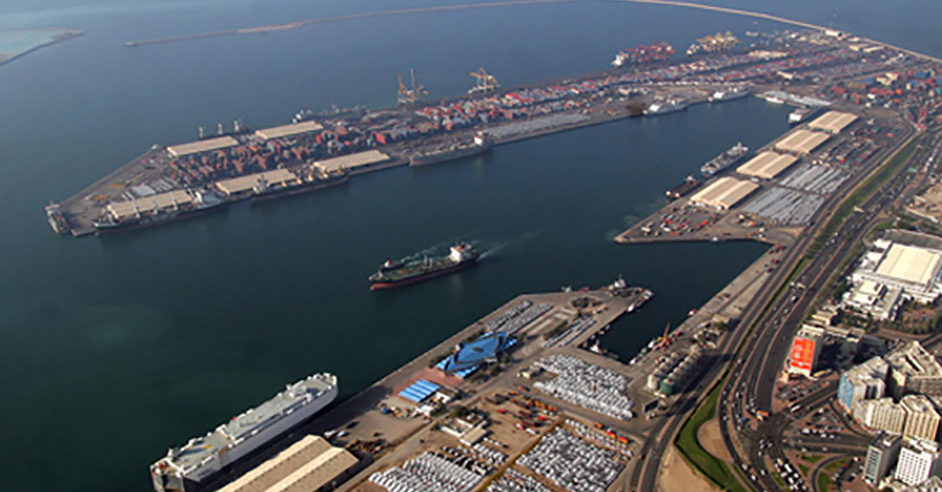The MPV market is navigating through choppy waters, driven by a convergence of global short-term shocks and long-term structural transformations. The assessment categorises market risks to understand how they may influence the sector’s future outlook and strategic decisions. Short-term risks
- Geopolitical tensions
Each of these developments has the potential to disrupt trade lanes, increase insurance premiums, and redirect cargo flows, placing pressure on logistics, routing and chartering strategies.
- The ‘Trump Risk’
- Sudden tariff announcements and reversals • Disruption of established trade relationships • Short-term spikes in uncertainty, affecting freight rates and contract reliability
Decision on offshore wind projects:
At the beginning of this year, the Trump government put a moratorium on new offshore wind leases.
Following negotiations with the state of New York, the administration recently lifted a stop-work order on a $5 billion wind farm off the coast of New York, allowing the project to proceed. Halting such a massive project already in development was a real shock to the industry, something without precedent, so even as development is now continuing, investment risks have increased substantially.
Additionally, plans for the Keystone XL gas pipeline may be brought back, signalling that previous executive orders are open to negotiation, keeping uncertainty at extreme heights across the whole energy sector.
A 25% tariff on steel and aluminium:
Tariff measures significantly impacted the steel market, with domestic hot-rolled coil prices rising from $35 to $47 per 100 pounds between January and April, according to agencies. This surge confused domestic auto manufacturers, causing them to reduce steel purchases. The lack of consistent tariff policy has created an uncertain business environment.
A 50% tariff on the European Union:
Trump initially threatened to slap a 50% tariff on EU imports, citing difficulty in negotiations. However, this was postponed until 9 July to allow further discussions.
Since the March 12 tariff implementation, port calls of Project Carriers have declined. Prior to this, a temporary spike in February–March reflected stockpiling, followed by a notable downturn.
Long-term structural risks
- Future fuels for newbuilds
- Limited fuel availability at secondary ports • Lack of global bunkering infrastructure • High costs and technological immaturity
Out of about 7,700 vessels in the current fleet, only 38 operate on LNG or biofuels—less than 0.5%.
Of the 620 ships on order (as of 1 May), only 17 are designed for green fuels, showing a slow shift toward cleaner technologies.
Efficiency improvements in traditional engines and innovations (e.g., air lubrication, hull design optimisation) remain more practical in the short term.
- Environmental regulations
- Specialisation of cargo types
- Heavy machinery
- Offshore and onshore energy infrastructure components
- Transformers, cranes and smaller vessels
- Construction materials
- Forest products
- Fleet capacity and supply-demand imbalances A broad oversupply is not apparent but finding the right vessel with the right specifications can be a challenge.
Short-term risks such as political shocks are largely outside operators’ control, requiring agile repositioning and rapid adjustments in strategy. Long-term risks demand proactive planning, particularly in fleet investment and compliance with environmental regulations. Fuel decisions made today will shape operational viability over the next two decades. Maintaining fleet adaptability will be the key, both through modular ship design and careful monitoring of evolving cargo trends.
Conclusion The MPV sector has a history of resilience, often finding new markets during turbulent times. However, complacency is not an option. A thorough understanding of both immediate threats and structural changes—especially regarding fuel choices, vessel specialisation and regulatory compliance—is essential for long-term success.
While operators cannot influence global politics, they can control fleet strategy, adaptability, and investment timing. These factors will ultimately shape their competitiveness in the decade ahead.
Source: Drewry




